I have some basic git knowledge but I'm not sure how to accomplish this.
I am trying to clone (?) github WordPress starter theme underscores. The idea is to create a basic framework based (with some modifications) on that repository. Then create other themes with that framework as the base.
So it should look something like:
copy github underscores repository to local
create a local repository my_framework from the underscores one, modifying certain parts of those files always (such as the name) and adding some other files
create new local repositories my_theme1, my_theme2 based on my_framework
The goal is to keep everything updated with any underscores update, while changing and modifying the framework and the themes. Once the content from github is pulled it should keep (or inform) of any updates, but I don't need any change I make locally to go back in the path.
I am not sure which path to follow, and would appreciate any help or pointer.
